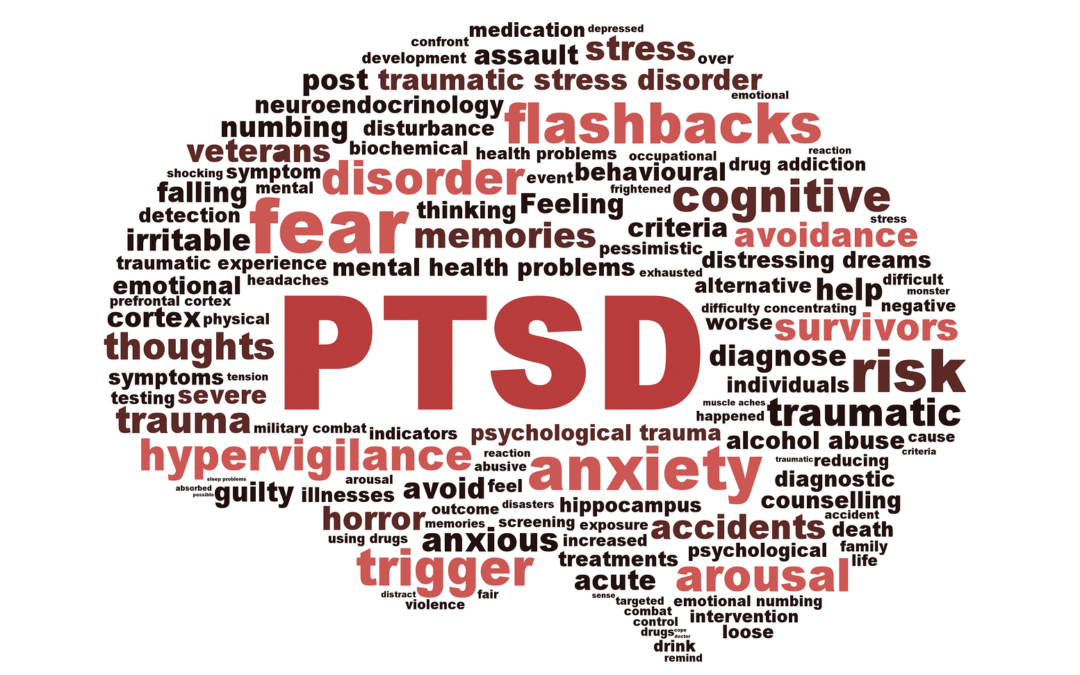PTSD occurs in people who have witnessed or experienced a traumatic event such as car accidents, a violent event, war/combat, a natural disaster, or any other event that is deemed to be traumatic by an individual. PTSD affects about 3-5% of US adults and can occur across any ethnicity, culture, age, and sex. People who have PTSD often have intrusive thoughts about the event, can have nightmares or flashbacks of the event, have an emotion attached to the event such as sadness or anger, and can seem detached when faced with a reminder of the traumatic event. For some people these symptoms begin shortly after the event has happened and for others, the symptoms may not manifest for a month or more after the event has happened.
Treatment for PTSD includes psychotherapy and medication either completed separately or combined. In psychotherapy, people talk to a mental health professional in order to treat the illness. Psychotherapy teaches people how to manage the triggers associated with the traumatic event and through cognitive behavioral therapy, help people restructure their thinking related to the event. Furthermore, there is exposure therapy where people gradually face their fear in a controlled manner which helps them learn to manage the feelings that arise when exposed to or discussing the event. Psychotherapy teaches people about trauma and its effects, uses relaxation techniques to calm, identifies guilt and shame, and helps to change how people react to their PTSD symptoms. Medication can also be used to treat symptoms such as depression and anxiety that can be related to PTSD.
There are many resources that can help with PTSD; the US Department of Veterans Affairs website (https://www.ptsd.va.gov/gethelp/find_therapist.asp) is a great place to start.
Witten by Brian Burney, Director of Clinical Services, LPC

